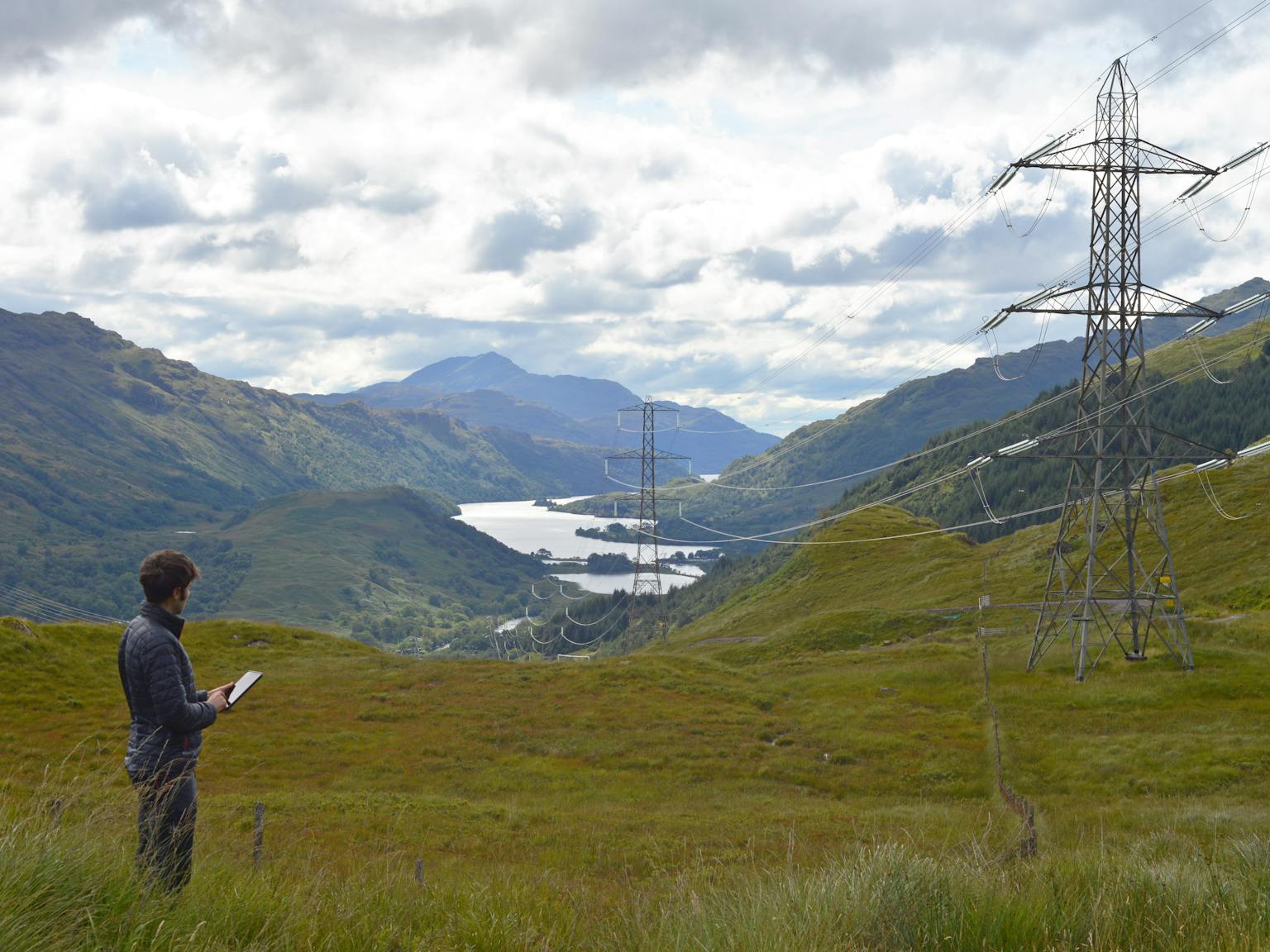
Updated NPPF: Does it reflect the climate emergency?
The Planning White Paper (2020) emphasised the key role of the planning system in mitigating and adapting to climate change, particularly in the light of the Government’s commitment to achieving net zero emissions by 2050. Expectations were therefore running high when the Government published a refreshed version of the National Planning Policy Framework (NPPF) this week.
Paragraph 7 sets off on the right path, by linking the purpose of the planning system to the United Nations 17 Global Goals for Sustainable Development in the period to 2030, which include ‘climate action’.
Paragraph 11 then places climate mitigation and adaptation at the heart of plan-making: ‘plans should promote a sustainable pattern of development that seeks to: meet the development needs of their area; align growth and infrastructure; improve the environment; mitigate climate change (including by making effective use of land in urban areas) and adapt to its effects.’
Paragraph 153 requires local planning authorities to take a proactive approach to mitigating and adapting to climate change, and for the first time refers to the provisions and objectives of the Climate Change Act 2008.
Other more minor changes include paragraph 93 which now recognises that well-designed open spaces can help efforts to address climate change.
So, some positive changes, but not exactly a comprehensive realignment of the NPPF in order to achieve the net-zero target and deliver climate adaptation and biodiversity recovery.
Indeed, the National Audit Office’s report of the same week ‘Local government and net zero in England’ suggests there is considerably more work to do. It recommends ‘a clear pathway for how government expects to further align the planning system with net zero in the forthcoming planning reforms’.
We agree that there is an urgent need for practical advice and support for local authorities on how to reduce carbon emissions through planning, both strategically and at the site level. As well as considering spatial patterns of development and associated infrastructure requirements, strategic planning could help identify priorities for woodland expansion and other measures to increase carbon sequestration – alongside sustainable flood management, green infrastructure and nature recovery.
To discuss our climate change and planning work, speak to Philip Smith.










